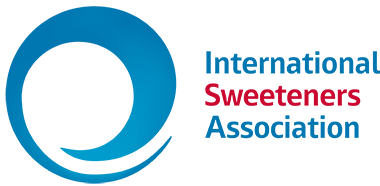Abstract
Objective: This study aimed to determine changes in saliva secretion and subjective taste intensity during a sustained period with continuous gustatory stimulation.
Design: Twenty-two healthy adults participated in this study. The selected taste solutions were aspartame, sucralose, and acesulfame potassium, which are nonnutritive sweeteners. The concentrations of sucralose1 and acesulfame potassium were set to show the same sweetness intensity as aspartame. Sucralose2 was twice the concentration of sucralose1. The solution was continuously fed into the oral cavity at a flow rate of 0.04 mL / min through a neck-worn precise infusion system. The salivary flow rate (g/min) after 10 min of intraoral water supply from the device was used as the baseline. Salivary flow rate, subjective taste intensity evaluated by the visual analog scale (VAS), and salivary flow rate relative to the baseline were recorded at 10, 30, 60, and 120 min after the start of the test.
Results: In the aspartame, sucralose1, and sucralose2 groups, the salivary flow rate increased significantly from 10 min to 120 min after the start of the test when compared to the rate at baseline (p < 0.05). The relative salivary flow rate increased and the VAS value decreased significantly over time and were affected by the time factor (p < 0.001, p = 0.013, respectively) but not by the sweetener-group factor and the interaction effects.
Conclusions: Continuous gustatory stimulation may maintain increased salivary production for a sustained period.
Summary
The present randomised controlled trial found that continuous gustatory stimulation with low/no calorie sweeteners may maintain increased salivary production for a sustained period, which is an important factor in maintaining a healthy oral environment.
The aim of this study was to determine changes in saliva secretion and subjective taste intensity during a sustained period with continuous gustatory stimulation with three low/no calorie sweeteners: acesulfame potassium, aspartame and sucralose in two different doses. Participants in this study included 22 health adults.
While there were differences between the sweeteners and the doses tested, all low/no calorie sweeteners significantly increased the salivary flow rate. The difference in salivation-inducing effects among sweeteners may be due to differences in the taste characteristics of the individual sweeteners. The authors conclude that sustained gustatory stimulation using a low/no calorie sweetener may be a future modality for relieving hyposalivation.

